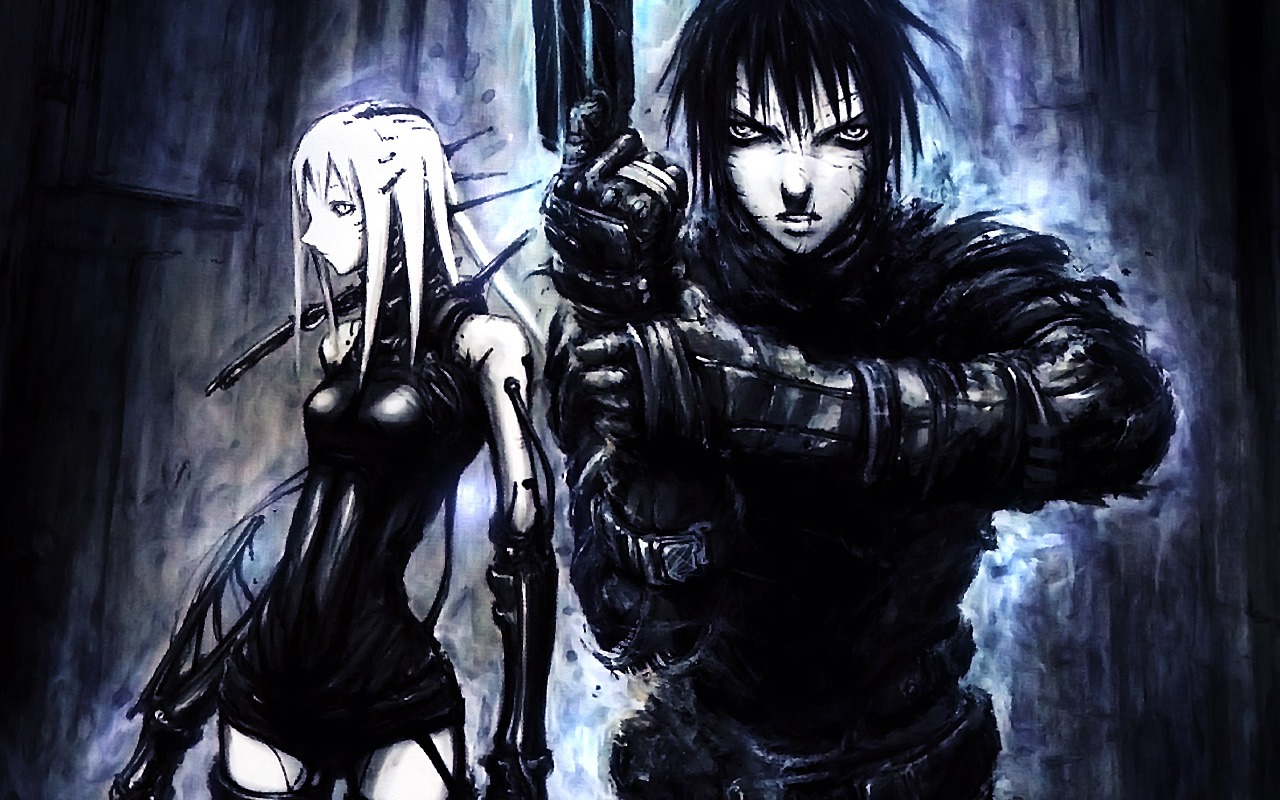Introduction
In the realm of manga and anime, a genre emerges distinguished by its unique narrative style and striking visual representation: cyberpunk. Among the towering giants of this genre, “Blame!” has etched an indelible mark on the dystopian fiction landscape. Crafted by Tsutomu Nihei, this manga series has amassed a fervent following since its inaugural release in 1997. This article will delve into the world of “Blame!” – its origins, narrative brilliance, and lasting impact.
The Genesis of a Dystopian Universe
Tsutomu Nihei, a trained architect, brings a distinctive perspective to manga. His architectural background resonates in the sprawling, labyrinthine structures that dominate the world of “Blame!”. These colossal edifices, bereft of life, serve as the canvas on which the story unfolds.
The narrative unfurls in a distant future where humanity teeters on the brink of extinction. Megastructures, known as the City, have expanded exponentially, suffocating the remnants of human civilization. From this desolation emerges a lone wanderer named Killy, armed with an enigmatic weapon called the Gravitational Beam Emitter.
Killy’s mission, monumental yet straightforward, is to locate the Net Terminal Genes, which hold the key to restoring the City and re-establishing communication. Through his journey, readers embark on an odyssey through an ever-expanding labyrinth of steel and concrete, encountering a host of enigmatic beings and terrifying adversaries.
The Art of Visual Storytelling
One of the most captivating aspects of “Blame!” is Nihei’s masterful use of visual storytelling. The absence of conventional dialogue, replaced by sparse captions and cryptic symbols, compels readers to engage deeply with the artwork. This deliberate choice allows for a more immersive experience, where readers must unravel the narrative through the meticulously detailed illustrations.
Nihei’s art style is characterized by its stark, angular lines and intricate cross-hatching, evoking a sense of cold, mechanical beauty. The sprawling landscapes, colossal structures, and eerie emptiness of the City create a haunting atmosphere that is as much a character in the story as Killy himself.
The Interplay of Humanity and Machinery
At the core of “Blame!” lies a profound exploration of the relationship between humanity and technology. The City, a testament to human ambition and engineering prowess, has long outlived its creators, evolving into a sprawling, self-replicating entity. It stands as a stark reminder of the unintended consequences of unbridled technological advancement.
Humanity, reduced to scattered remnants, is portrayed as insignificant in the face of the City’s relentless expansion. The fusion of flesh and machine is a recurring motif, blurring the boundaries between the organic and the artificial. This theme serves as a poignant commentary on the potential dangers of losing touch with our own humanity in the pursuit of technological progress.
Existential Themes and Isolation
“Blame!” delves deeply into existential themes, confronting the characters with questions of purpose, identity, and the nature of existence itself. Killy, as the stoic and enigmatic protagonist, embodies a sense of purpose amidst the chaos, tirelessly searching for the elusive Net Terminal Genes.
The pervasive sense of isolation and loneliness permeates the narrative, reverberating through the vast, empty corridors of the City. Characters, both human and artificial, grapple with their own existence in a world devoid of life. This existential weight adds a layer of depth and complexity to the narrative, elevating “Blame!” beyond a mere sci-fi action thriller.
Legacy and Influence
Since its inception, “Blame!” has left an indelible mark on the world of manga and anime. Its influence can be discerned in subsequent works within the cyberpunk genre, as well as in the visual aesthetics of many contemporary artists. The seamless integration of architectural elements into the narrative has set a standard for world-building in manga.
Conclusion
“Blame!” stands as a testament to the power of manga as a medium for storytelling and artistic expression. Tsutomu Nihei’s creation transcends the boundaries of conventional narrative, immersing readers in a haunting, dystopian world. Through its visual mastery and profound themes, “Blame!” invites us to reflect on the delicate balance between humanity and technology, and the consequences of our relentless pursuit of progress.
As a cornerstone of cyberpunk manga, “Blame!” continues to inspire and captivate audiences, ensuring its enduring legacy in the annals of manga history. It serves as a reminder that within the vast expanse of human imagination, there are worlds yet to be explored, waiting to challenge our perceptions and leave an indelible mark on our creative landscape
